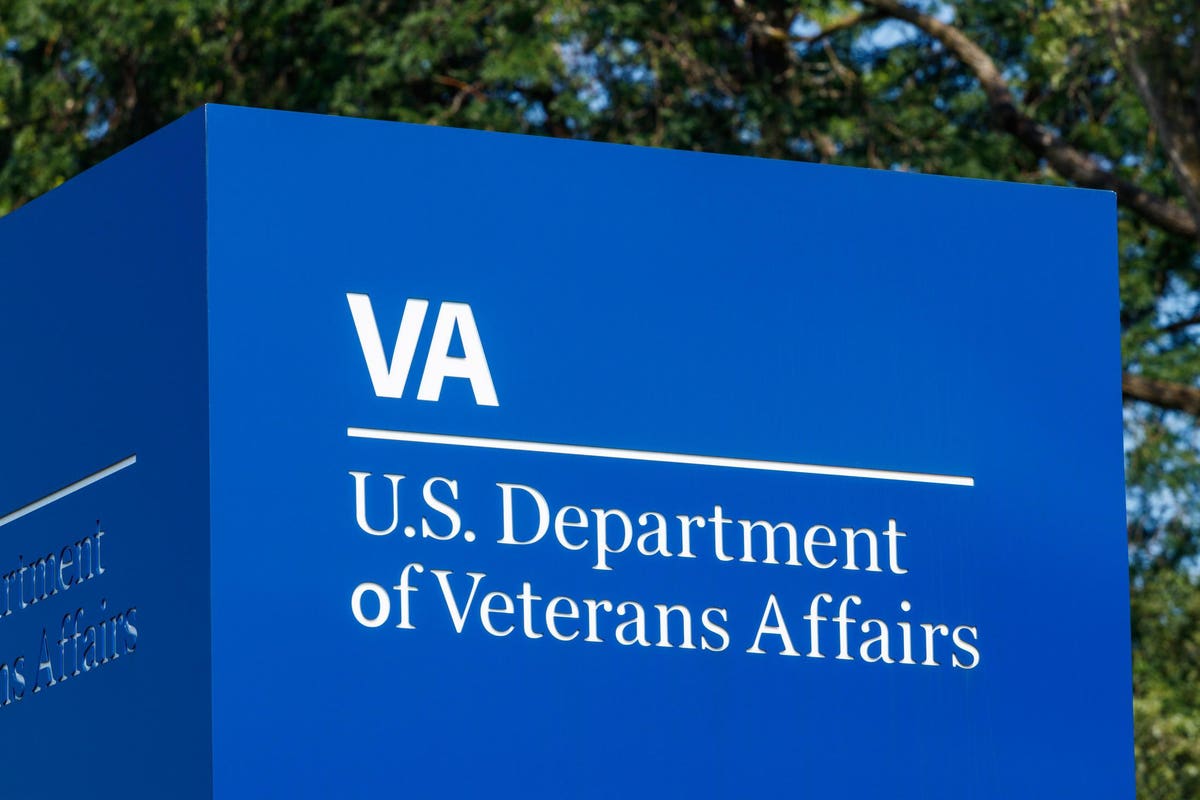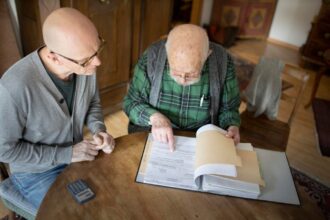Recently, Hank, a veteran, wrote me to say he doesn’t understand why veterans have to pay a penalty just because they don’t enroll in Medicare Part B, medical insurance.
He wanted answers to some questions about the Part B late enrollment penalty.
Q: Why is there a penalty if someone doesn’t enroll in Part B?
A: Medicare’s rationale for imposing late enrollment penalties is to encourage eligible individuals to enroll. However, that penalty does not seem to be working as Medicare would have liked. In 2017, a Congressional Research Services study reported that approximately 701,000 people were paying the Part B penalty, which increased their monthly premium by 31%. The numbers have only gone up since then.
Besides Part B, late enrollment penalties also apply to Part A, hospital insurance, and Part D, prescription drug coverage.
Q: How come this penalty is so expensive? I have a buddy paying $80 more every month.
A: The penalty applies to those who don’t enroll in Part B during their Initial Enrollment Period or a Special Enrollment Period (retiring after age 65). They will pay an additional 10% of the current Part B premium for every full year (12 months) they didn’t have Part B.
Hank’s buddy went five years without Part B. He is paying 10% of $164.90 for each of those years, a total of $82.45. Because the penalty is pegged to the Part B premium, the amount can change every year. And, unfortunately, it follows one for life; there is no limit on the number of years a beneficiary must pay it.
One more procedural point: Those who miss their chance cannot enroll in Part B until the General Enrollment Period, January 1-March 13. Coverage will take effect the month after enrolling.
Q: Who thinks it’s a good idea to make elderly veterans pay a penalty for every year they did not have Part B?
A: I don’t believe anyone thinks paying penalties is a good idea. As noted, it is an enrollment incentive.
It’s not only veterans who pay the penalty. It applies to anyone over 65 who does not have coverage through an employer group health plan related to current employment of the individual or a spouse. This includes those who do not have healthcare coverage, along with all who have retiree, COBRA, individual or federal coverage, and didn’t enroll in Part B.
Q: Finally, why do I even need Part B? I have used it once since I enrolled three years ago. I could just as easily have gone to see my VA provider.
A: The U.S. Department of Veterans Affairs (VA) can answer this better than I.
“VA does not recommend Veterans cancel or decline coverage in Medicare…solely because they are enrolled in VA health care. Unlike Medicare, which offers the same benefits for all enrollees, VA assigns enrollees to enrollment priority groups based on a variety of eligibility factors, such as service-connection and income.
“There is no guarantee that in future years Congress will appropriate sufficient medical care funds for VA to provide care for all enrollment priority groups. This could leave Veterans, especially those enrolled in one of the lower-priority groups, with no access to VA health care coverage. For this reason, having a secondary source of coverage may be in Veterans’ best interest.
“Enrolling in both VA and Medicare can provide Veterans flexibility. For example, Veterans enrolled in both programs would have access to community physicians (under Medicare Part A or Part B) and can obtain prescription drugs not on the VA formulary if prescribed by community physicians and filled at their local retail pharmacies (under Medicare Part D).”
Remember, for many elderly veterans, getting to a VA facility can present a real challenge. You may be spry as a cat at 65, but what about at 75 or 80? The best thing you can do for yourself, even before you become eligible, is:
- Evaluate your situation carefully.
- Determine how Part B may work for you.
- Do a cost/benefit analysis, taking into consideration the life-long impact of the penalty.
These answers probably won’t make Hank feel any better about the Part B late enrollment penalty but, at least, he’ll know that veterans are not alone.
Read the full article here










